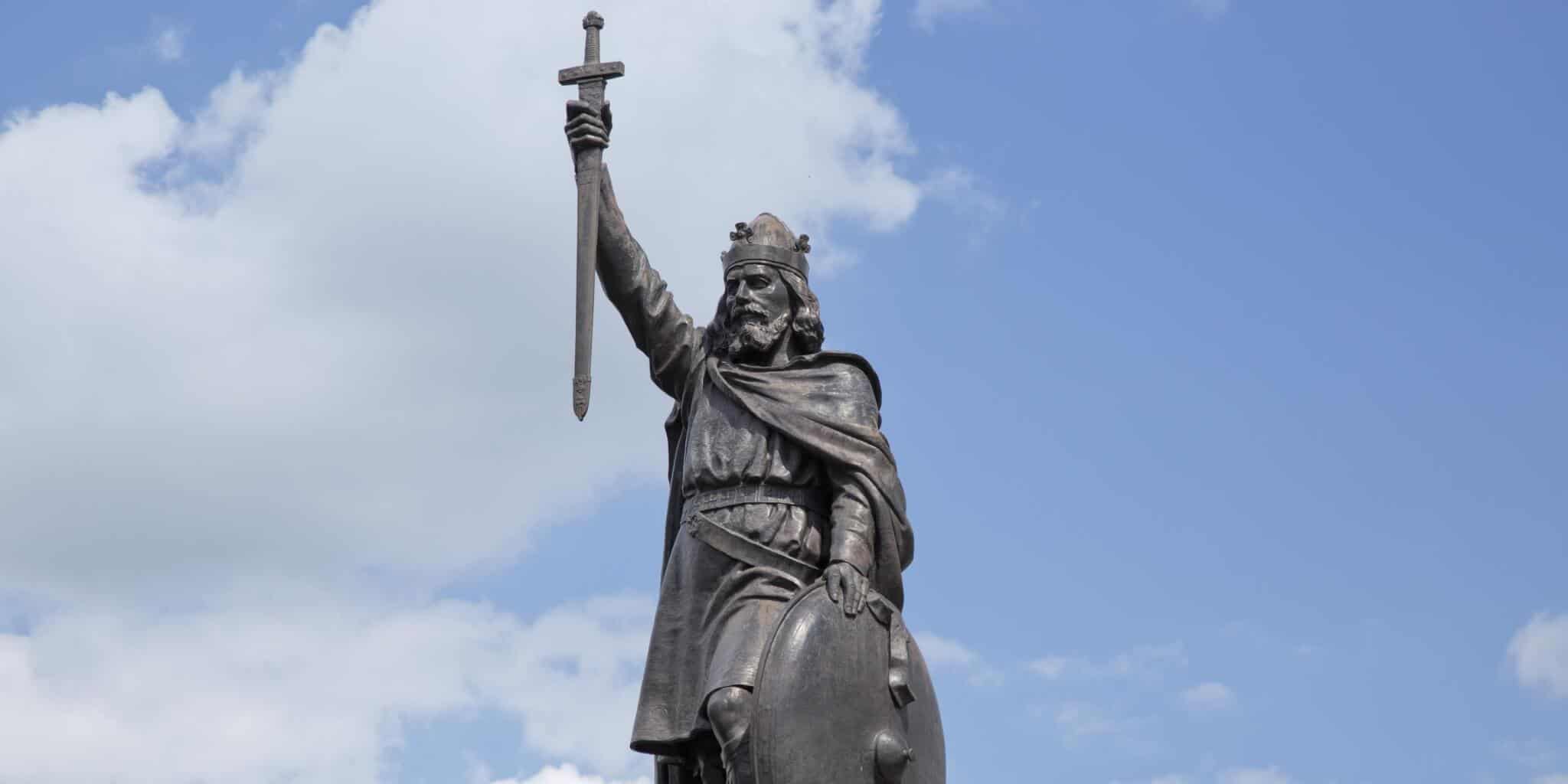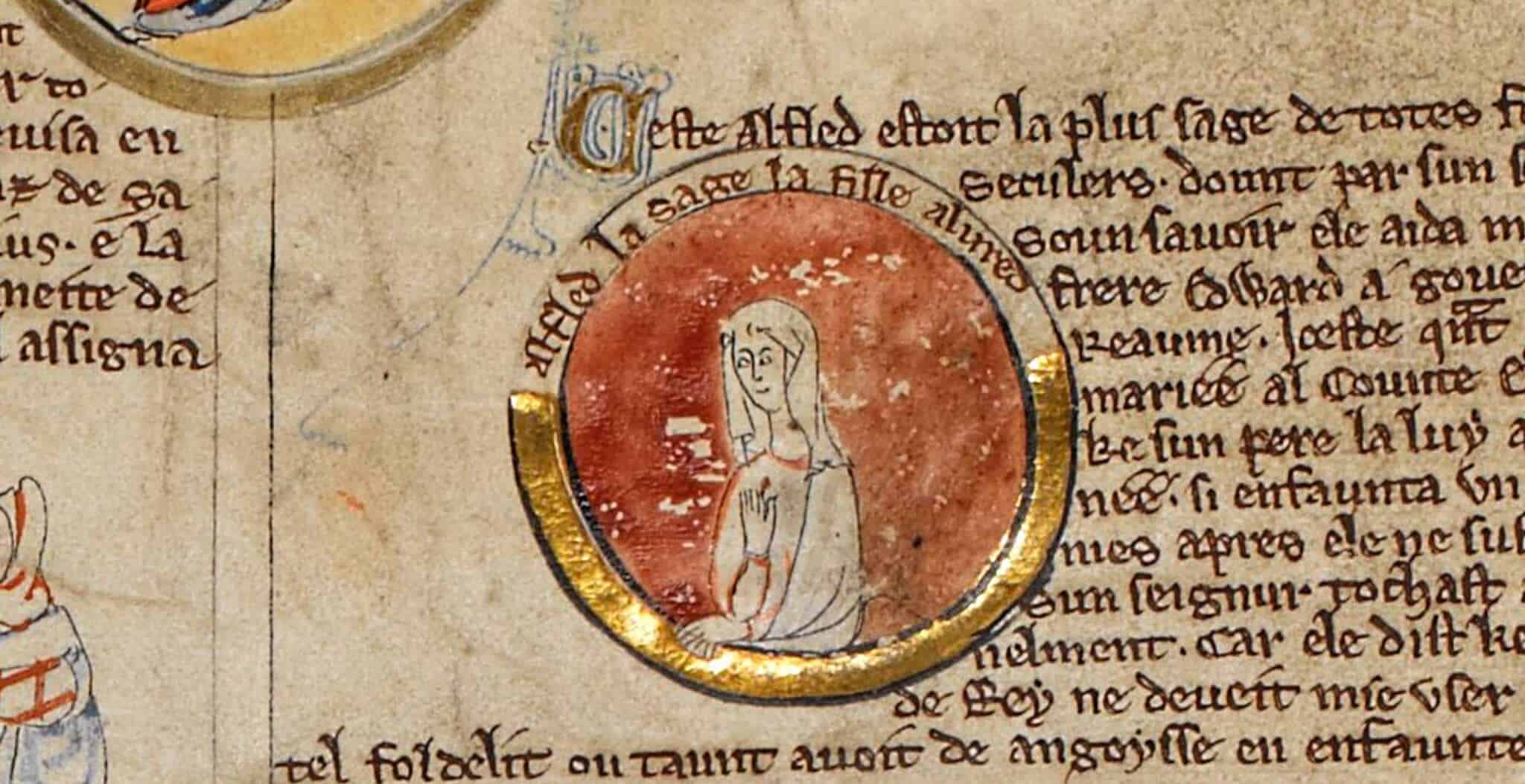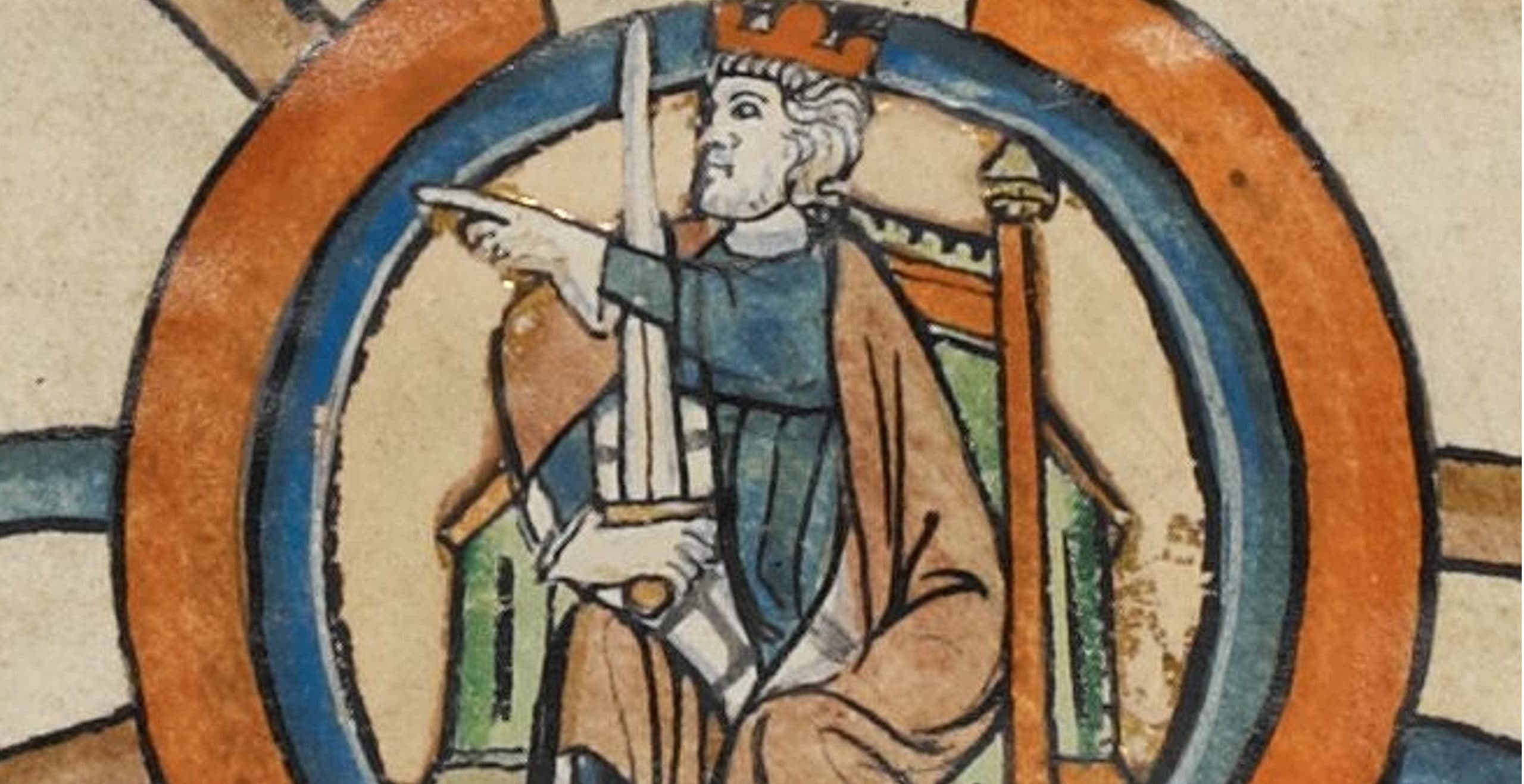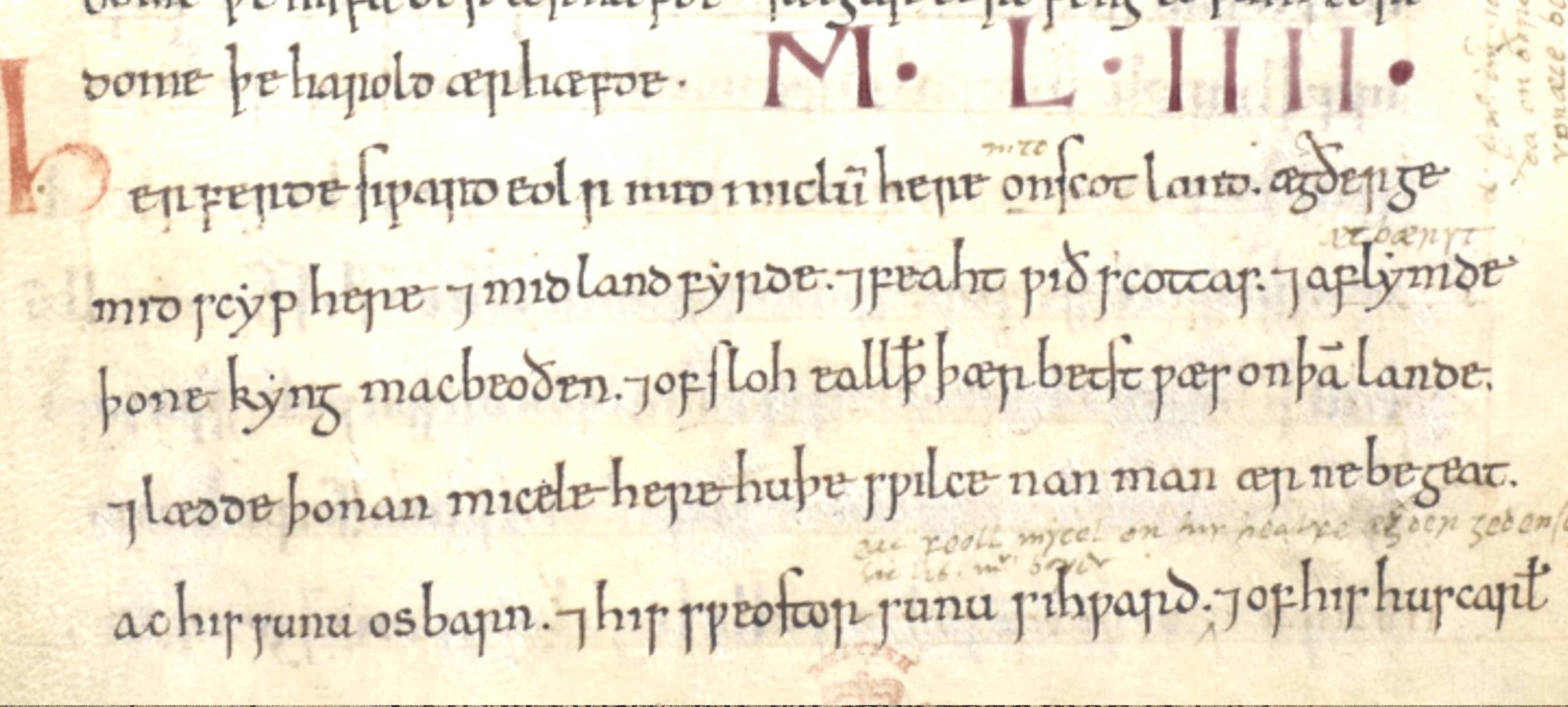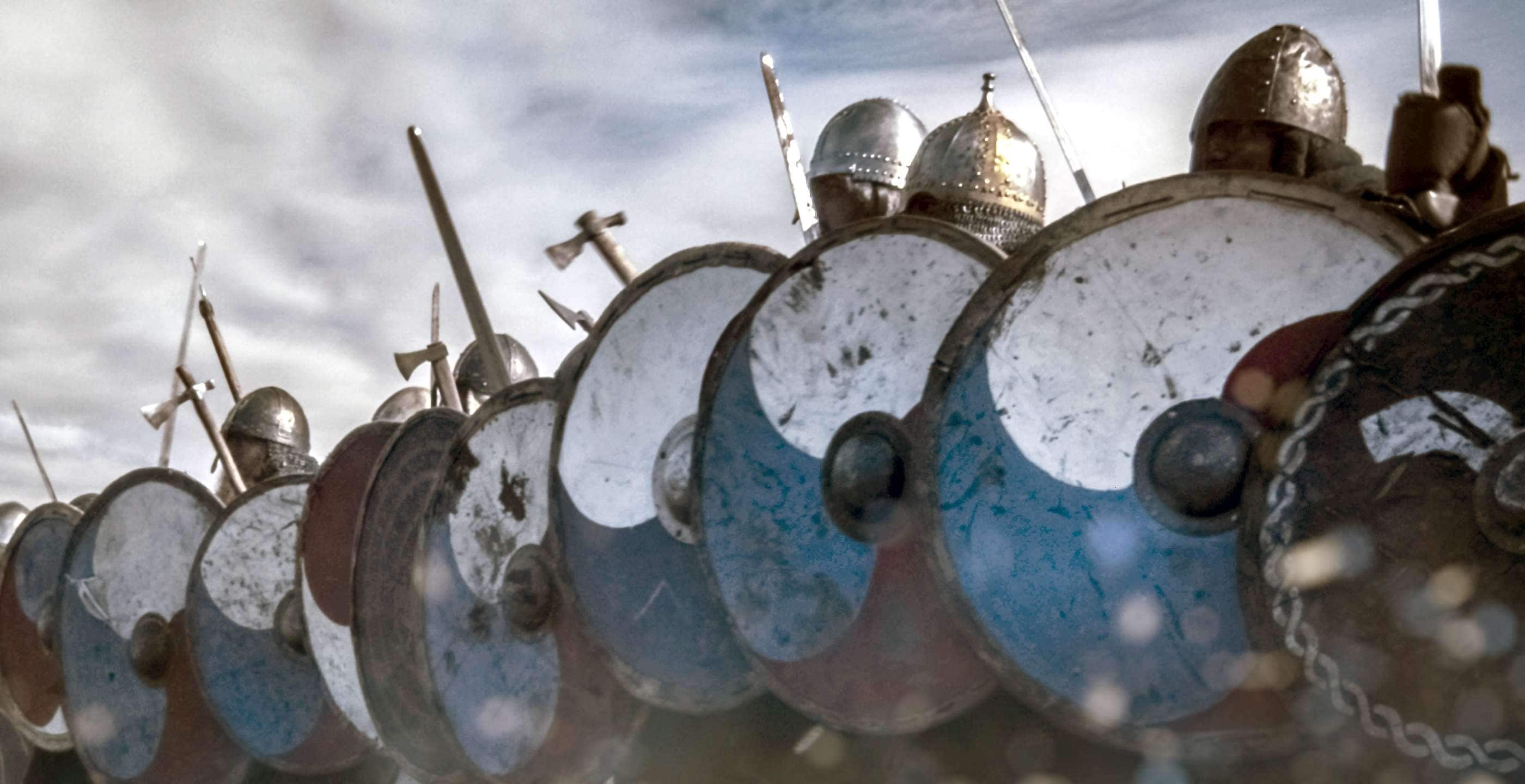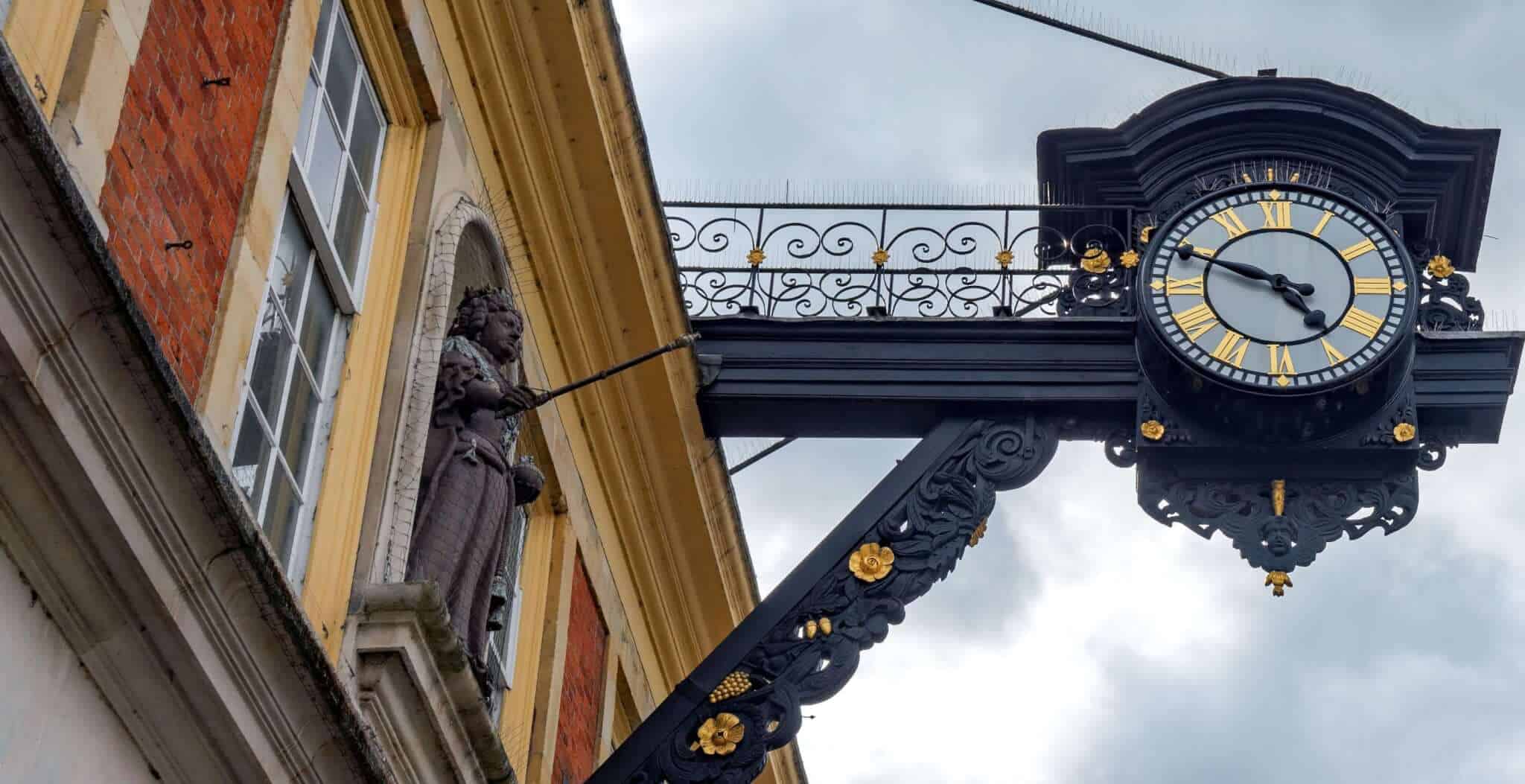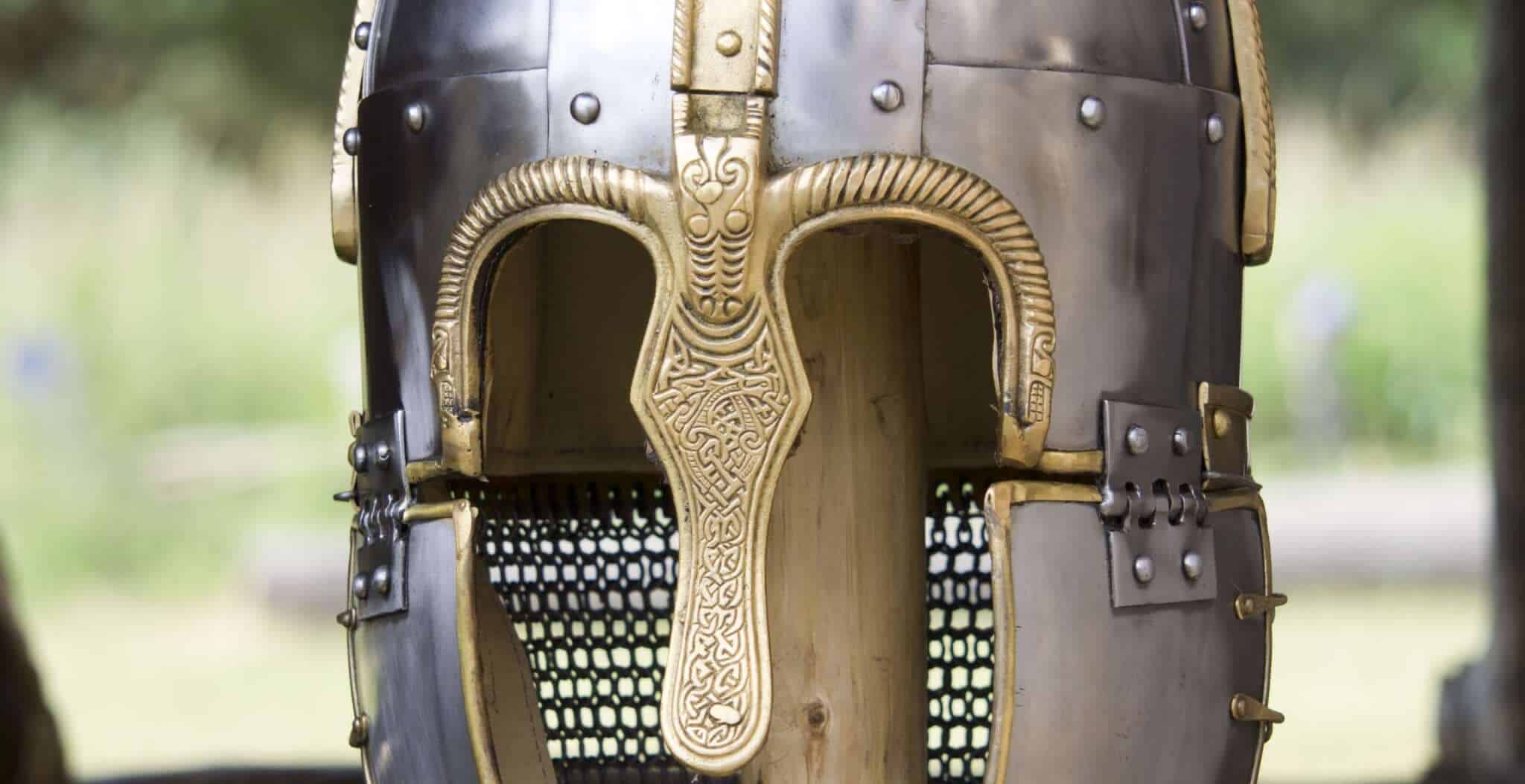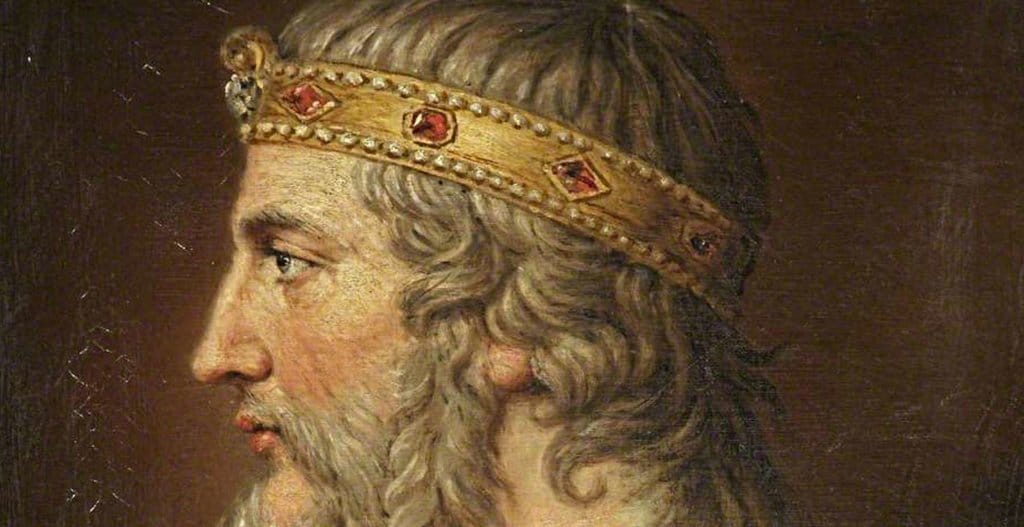“If history were taught in the form of stories, it would never be forgotten.” Rudyard Kipling.
One of the best known stories in English history is that of King Alfred and the cakes. Children are taught the story where Alfred is on the run from the Vikings, taking refuge in the home of a peasant woman. She asks him to watch her cakes – small loaves of bread – baking by the fire, but distracted by his problems, he lets the cakes burn and is roundly scolded by the woman.
When and where was this supposed to have taken place?
By 870 AD, all the independent Anglo-Saxon kingdoms except Wessex had been overrun by the Vikings. East Anglia, Northumbria, and Mercia had all fallen and now the Vikings were preparing to attack Wessex.
Alfred and his brother, King Aethelred of the West Saxons, met the Viking army at the battle of Ashdown near Reading on January 8th 871. After fierce fighting, the West Saxons managed to drive the Vikings back to Reading. However that April King Aethelred died at just 22 years old, and Alfred became king.
Alfred was not in good health (it is possible he suffered from Crohn’s Disease) and the years of fighting had taken their toll. Alfred was forced to ‘buy off’ the Vikings and make peace in order to prevent them from taking control of Wessex. For the next few years an uneasy peace existed between the two sides.
On January 6th 878 the Vikings under their king Guthrum launched a surprise attack on Alfred’s base at Chippenham. Alfred was forced to flee with just a small company of men into the Somerset Levels, an area he knew well from his childhood.
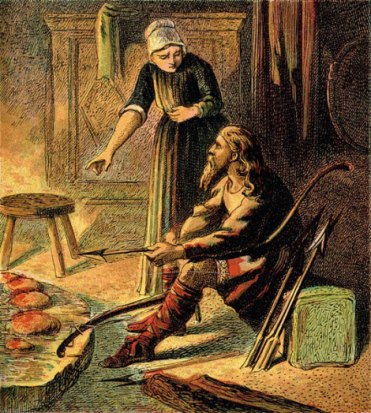
It is here that the story about the cakes is supposed to have taken place. Alfred and his men were hiding in the swamps and marshes of Somerset, living from day to day, dependent on the local people for food and shelter whilst fighting a guerrilla-style war with the Vikings.
Alfred decided to base himself at Athelney, a small island in the marshes connected to the settlement of East Lyng by a causeway. Here in early 878 he built a fortress, reinforcing the existing defences of an earlier Iron Age fort. It was at Athelney that Alfred planned his campaign against the Vikings. Archaeological excavations have found evidence of metal working on the site, suggesting Alfred’s men forged weapons in readiness for battle. Gathering an army of around 3000 men from Somerset, Wiltshire and West Hampshire, he attacked Guthrum and the Viking army at Edington in May 878.
This was a ferocious battle with no quarter asked or given. Alfred destroyed the Danish army and pursued the survivors as they fled to Chippenham where they surrendered. On 15th June, Guthrum and 30 of his men were baptised at Aller near Athelney. At the ceremony Alfred stood as Guthrum’s godfather. Afterwards a big feast to celebrate was held at the Saxon estate at Wedmore. Guthrum’s surrender and subsequent baptism later became known as the Peace of Wedmore.
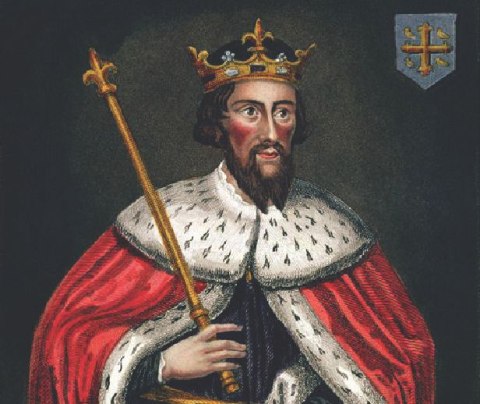
By 886, according to the Anglo-Saxon Chronicle, “All the English peoples acknowledged Alfred as their king except those who were still under the rule of the Danes in the North and the East”.
In thanksgiving for his victory, in 888 Alfred had a monastery built on the Isle of Athelney. The location of the monastery, destroyed during the Dissolution of the Monasteries in 1539, is marked by a small monument erected in 1801.
